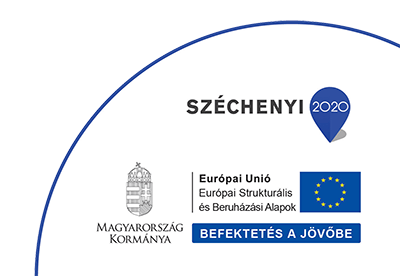If you experience or see something of interest or unusual, please don’t hesitate to contact us. Thank you.
Pannonhalma LPA
Datasheet
| Register number: | 253/TK/92 |
| Beginning of protection: | 1992, 2001 |
| Védetté nyilvánító jogszabály (ok): | 19/1992. (XI. 6.) KTM rendelet 20/2001. (IX. 21.) KöM rendelet |
| Area: | 8271,5081 ha |
| of which strictly protected: | 63,8697 ha (forest reserve core zone) |
| Settelements included: | Herkályi Forest: Komárom Erebe Island: Nagyszentjános Calcareous sand steppes of the Small Hungarian Plain: Gönyű, Bőny, Győr Dead Rába: Győr Pannonhalma Hills: Győrújbarát, Nyúl, Écs, Pannonhalma, Ravazd, Tarjánpuszta, Bakonypéterd, Gic, Sokorópátka, Tényő, Kajárpéc, Felpéc |
| Conservation authority of the first instance: | Észak-dunántúli Környezetvédelmi, Természetvédelmi és Vízügyi Felügyelőség Közép-dunántúli Környezetvédelmi, Természetvédelmi és Vízügyi Felügyelőség |
The Pannonhalma Landscape Protection Area was established on 8272 hectares in the year 1992. Its two major parts include the Pannonhalma Hills and the calcareous sand steppes of the Small Hungarian Plain. Furthermore, two protected wetlands enrich the landscape protection area (Erebe Islands and the area around the Dead Rába).
The Pannonhalma Hills
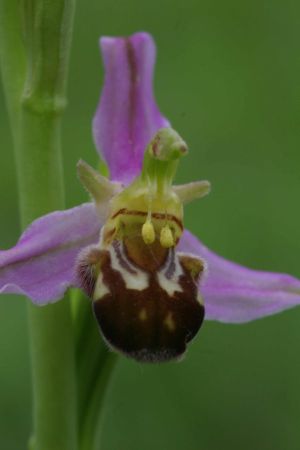
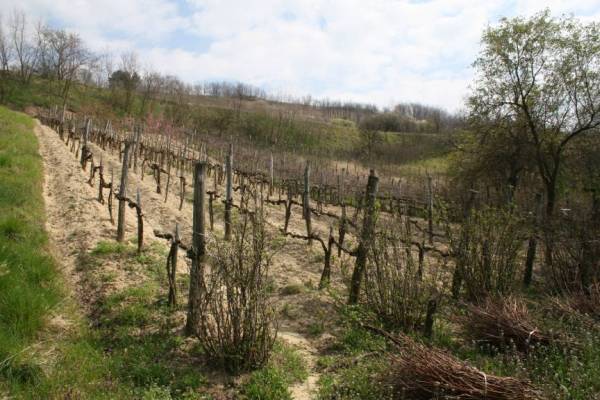 The Pannonhalma Hills comprise the biggest unit of the landscapeprotection area. In the past the hills were covered with forests, primarily made up of turkey oak and sessile oak, of which a rich flora bears witness. With the coming of spring patches of the Dwarf Iris and white Snowdrop Windflowers, while on the wet habitats blue squills appear. In the turkey oak – sessile oak forests the Hungarian Iris blossoms. An endangered animal species is the colourful Bee-eater, a characteristic bird of the loess walls and creeks rich in insects. Rare birds of prey are the Honey-buzzard and the Hobby.
The Pannonhalma Hills comprise the biggest unit of the landscapeprotection area. In the past the hills were covered with forests, primarily made up of turkey oak and sessile oak, of which a rich flora bears witness. With the coming of spring patches of the Dwarf Iris and white Snowdrop Windflowers, while on the wet habitats blue squills appear. In the turkey oak – sessile oak forests the Hungarian Iris blossoms. An endangered animal species is the colourful Bee-eater, a characteristic bird of the loess walls and creeks rich in insects. Rare birds of prey are the Honey-buzzard and the Hobby.The calcareous sand steppes of the Small Hungarian Plain
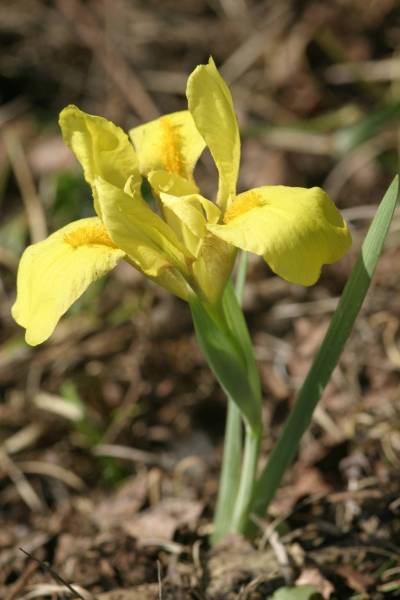 The calcareous sand steppes of the Small Hungarian Plain stretch south of the floodplain of the Danube, parallel to that from Győr to Esztergom. These terraces are covered mainly by sand, partly by loess.
The calcareous sand steppes of the Small Hungarian Plain stretch south of the floodplain of the Danube, parallel to that from Győr to Esztergom. These terraces are covered mainly by sand, partly by loess. 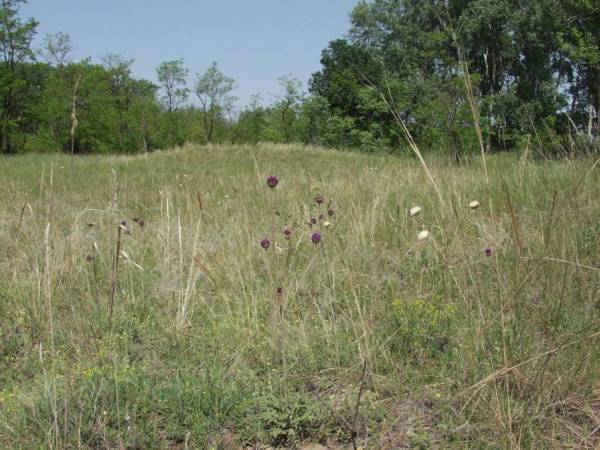 The early awakening of the vegetation on the sand steppes is signalled by Alyssum species and spring sedges. Real rarities are the Sandy Iris, the Bug Orchid and the Early Spieder Orchid. The Garland Flower blossoms at this time as well. The peculiar world of the sand steppes is truly an insect empire. Most conspicuous are the butterflies, primarily the Scarce Swallowtail, the Old world Swallowtail and the Southern Festoon. The sand steppes and the natural woods are inhabited by more than 100 bird species. In the bigger forests also the Black Stork found a nesting place.
The early awakening of the vegetation on the sand steppes is signalled by Alyssum species and spring sedges. Real rarities are the Sandy Iris, the Bug Orchid and the Early Spieder Orchid. The Garland Flower blossoms at this time as well. The peculiar world of the sand steppes is truly an insect empire. Most conspicuous are the butterflies, primarily the Scarce Swallowtail, the Old world Swallowtail and the Southern Festoon. The sand steppes and the natural woods are inhabited by more than 100 bird species. In the bigger forests also the Black Stork found a nesting place.The Erebe Islands
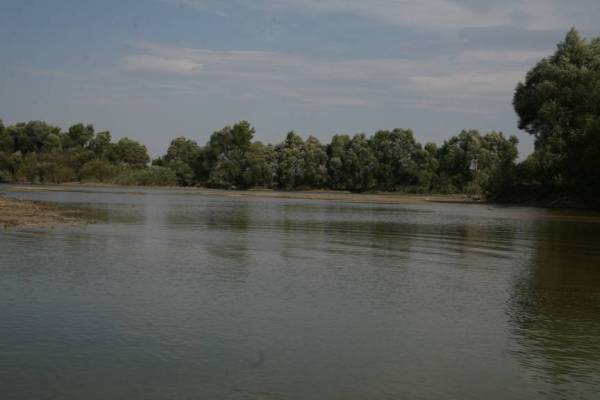 The Erebe Islands are a totally different habitat. Despite the changes due to the regulations and the transformations necessary for the dam, and despite the accelerated silting this river section still is home to nice and healthy softwood and hardwood forests. An important breeding bird of the area is the Black Kite. Bigger flocks of diverse wild ducks – Pintail, Tufted Duck, Greater Scaup – can be seen mainly during the migration period.
The Erebe Islands are a totally different habitat. Despite the changes due to the regulations and the transformations necessary for the dam, and despite the accelerated silting this river section still is home to nice and healthy softwood and hardwood forests. An important breeding bird of the area is the Black Kite. Bigger flocks of diverse wild ducks – Pintail, Tufted Duck, Greater Scaup – can be seen mainly during the migration period.Surroundings of the Dead Rába
Another site closely connected to the water is the Dead Rába and surroundings. 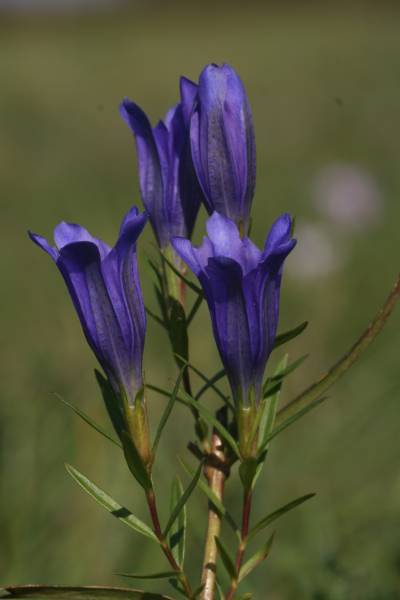 The oxbows overgrown with or partly accompanied by reed, bulrush and bushy willows have a nice atmosphere and enrich the landscape. They are home to numerous plants and animals. Along the shores grow three species of iris: the Yellow Iris, the Blue Iris and the violet Siberian Iris. The fauna also proves the diversity of the habitat. A rare species is the Marsh Frog, which changes its colour for the time of reproduction into a bizarre but nice blue. Three reptile and 110 bird species were described in the area.
The oxbows overgrown with or partly accompanied by reed, bulrush and bushy willows have a nice atmosphere and enrich the landscape. They are home to numerous plants and animals. Along the shores grow three species of iris: the Yellow Iris, the Blue Iris and the violet Siberian Iris. The fauna also proves the diversity of the habitat. A rare species is the Marsh Frog, which changes its colour for the time of reproduction into a bizarre but nice blue. Three reptile and 110 bird species were described in the area.
 The oxbows overgrown with or partly accompanied by reed, bulrush and bushy willows have a nice atmosphere and enrich the landscape. They are home to numerous plants and animals. Along the shores grow three species of iris: the Yellow Iris, the Blue Iris and the violet Siberian Iris. The fauna also proves the diversity of the habitat. A rare species is the Marsh Frog, which changes its colour for the time of reproduction into a bizarre but nice blue. Three reptile and 110 bird species were described in the area.
The oxbows overgrown with or partly accompanied by reed, bulrush and bushy willows have a nice atmosphere and enrich the landscape. They are home to numerous plants and animals. Along the shores grow three species of iris: the Yellow Iris, the Blue Iris and the violet Siberian Iris. The fauna also proves the diversity of the habitat. A rare species is the Marsh Frog, which changes its colour for the time of reproduction into a bizarre but nice blue. Three reptile and 110 bird species were described in the area.


